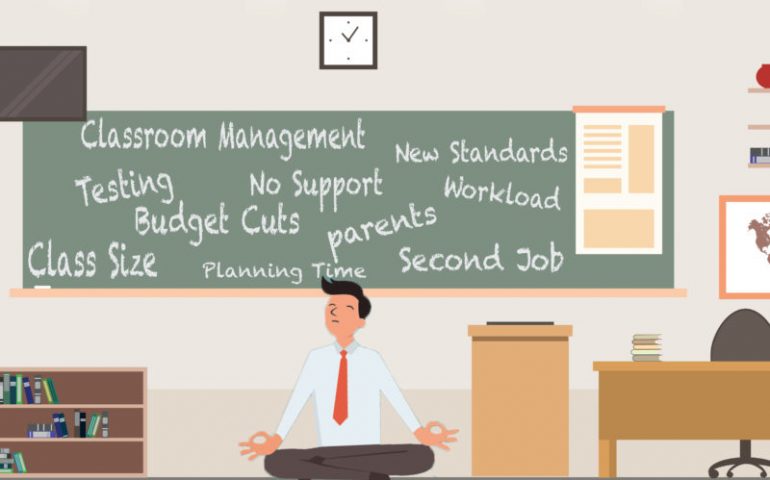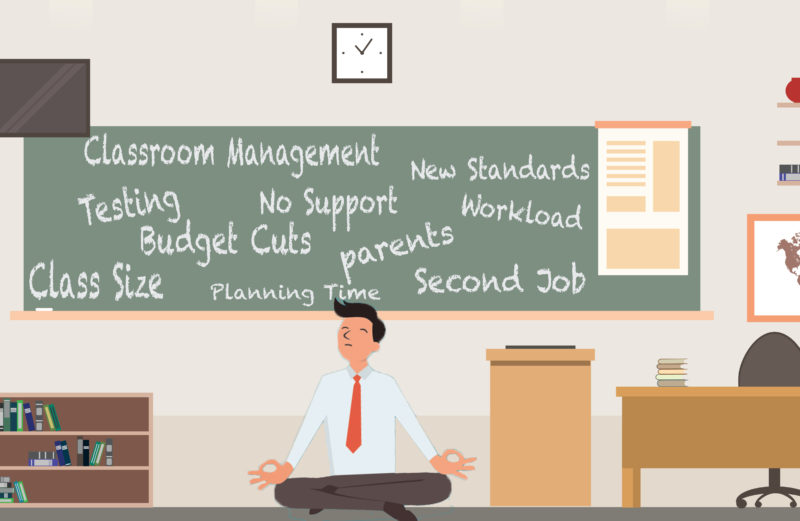Introduction
The American public school system, historically a cornerstone of our nation’s success, is grappling with a variety of significant challenges today. These issues range from socioeconomic disparities to the integration of evolving technologies in the classroom, from persistent achievement gaps to the demand for critical thinking and problem-solving skills. Let’s delve deeper into these challenges.
1. Socioeconomic Disparities
Education should be the great equalizer, leveling the playing field for all children. However, America’s public schools reveal stark differences in resources and outcomes across different socioeconomic strata.
For instance, schools in affluent areas often boast superior facilities, a wider array of extracurricular activities, and better-prepared teachers compared to those in poorer districts. They also benefit from a wealthier tax base, leading to more significant funding. This socioeconomic divide manifests itself in the achievement gap between students from different backgrounds.
As stated by Marian Wright Edelman, a champion for children’s rights, “Education is a precondition to survival in America today.” This underscores the importance of ensuring equal educational opportunities for all students, regardless of their economic status.
2. Integration of Evolving Technologies
The proliferation of digital technology represents both an opportunity and a challenge for public schools. On the one hand, technology can facilitate personalized learning, engage students in new ways, and prepare them for a digital future. On the other hand, integrating technology into the classroom can be daunting due to the costs involved, training required for teachers, and concerns about student data privacy.
Take, for example, the remote learning shift during the COVID-19 pandemic. Schools rushed to adapt to online platforms, but not all succeeded. Students in underserved communities, often without reliable internet access or devices, found themselves on the wrong side of the digital divide.
“Technology is just a tool. In terms of getting the kids working together and motivating them, the teacher is the most important,” as said by Bill Gates, co-founder of Microsoft. Technology should augment the teaching process, not replace it.
3. Persistent Achievement Gaps
Despite numerous reform efforts, achievement gaps persist in American public schools. These gaps are often along racial and socioeconomic lines, and they can be seen in standardized test scores, graduation rates, and college enrollment figures.
The failure to close these gaps represents a systemic issue that goes beyond education—it involves housing, healthcare, and employment disparities. Martin Luther King Jr. once said, “We are likely to find that the problems of housing and education, instead of preceding the elimination of poverty, will themselves be affected if poverty is first abolished.”
4. Fostering Critical Thinking and Problem-Solving Skills
Today’s fast-paced, interconnected world demands students who can think critically, solve problems creatively, and adapt to change. However, American public schools often focus on rote memorization and standardized testing, which may not foster these vital skills.
For instance, a study by the Programme for International Student Assessment (PISA) showed that American students lag behind their peers in other countries when it comes to problem-solving skills.
Albert Einstein famously said, “Education is not the learning of facts, but the training of the mind to think.” In this light, it is crucial that public schools prioritize fostering these skills in their students.
Conclusion
The challenges facing American public schools are complex and multifaceted. However, as a nation, we must address these issues if we want to ensure an equitable and high-quality education for all children. It will require concerted efforts from educators, policymakers, and communities at large.
While there is no single solution, recognition of these challenges is the first step toward tackling them. As we strive to improve our education system, we would do well to remember the words of Nelson Mandela, “Education is the most powerful weapon which you can use to change the world.” Let’s ensure that this weapon is within reach of every American child.










